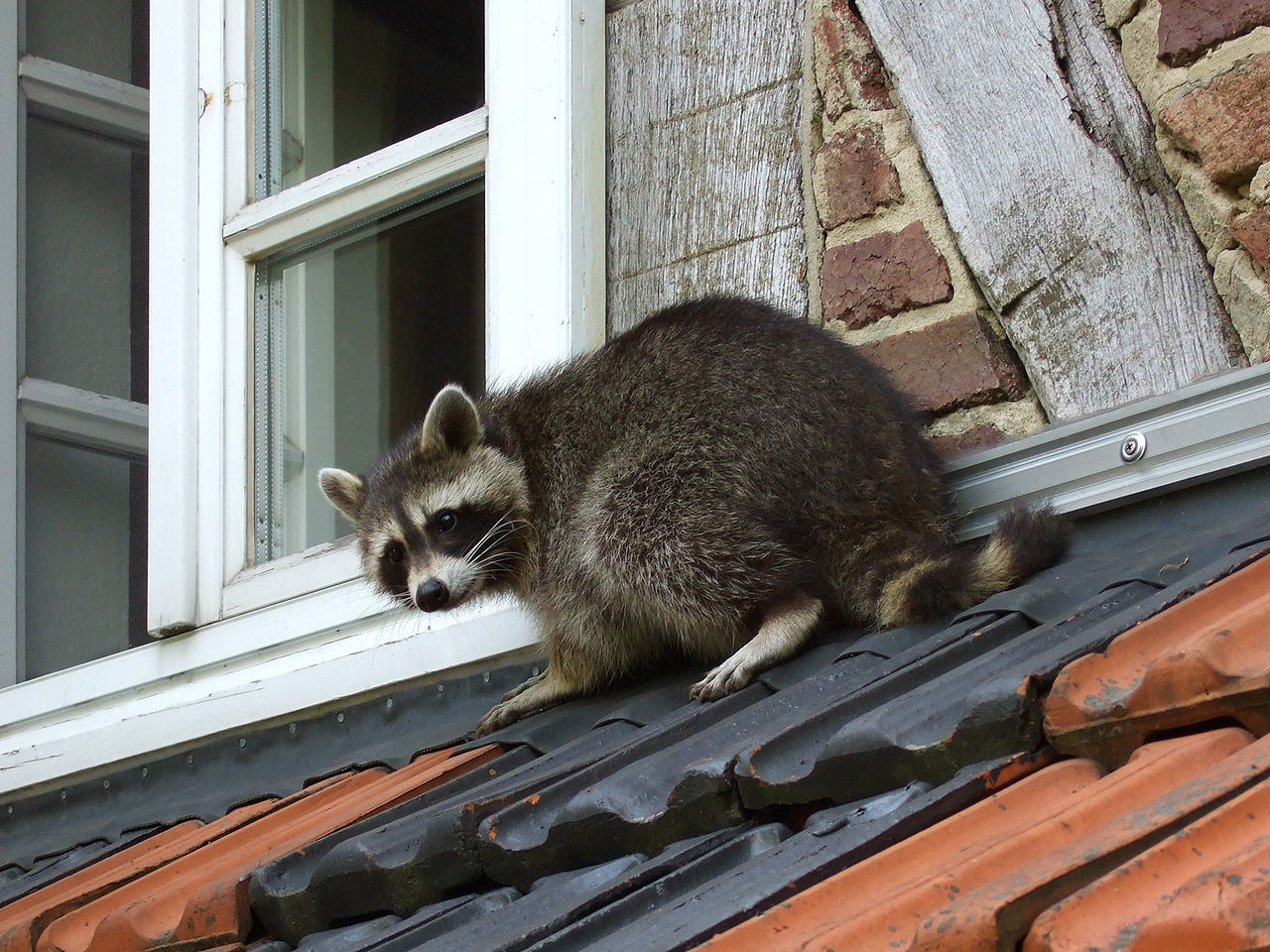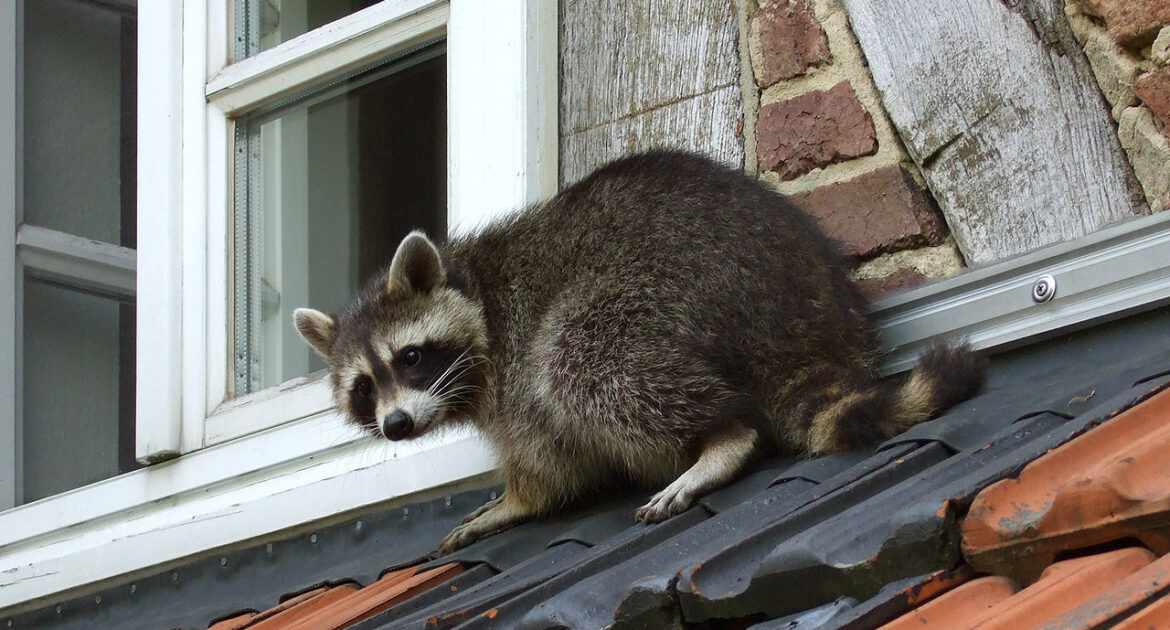Raccoons are native to North America, and they are commonly found walking about urban and suburban environments. The animal is adaptable, meaning it can live in various settings, from natural to manufactured, making it difficult to answer the question, “where do raccoons live?”
Common Raccoon Habitats
Raccoons prefer to live near freshwater sources, like ponds, marshes, or streams. They also like to live where they have shelter with minimal foot traffic. Despite being larger animals, roughly 60 to 95 cm long and weighing 5 to 12 kg, raccoons have their fair share of predators, including bobcats, cougars, coyotes, owls, and eagles.
1. Forests
Heavily wooded areas, like forests, provide natural cover from predatory birds. Also, raccoons can make dens out of hollowed trees and logs.
While it is common to see raccoons traveling alone in cities and suburban areas, you are more likely to see the animals traveling in packs out in the forests. Foraging for food and nesting together is safer in the wild.
2. Attics
Suburban raccoons love attic spaces; they are quiet, dark, warm, and safe. Also, depending on the neighbourhood, an attic might provide a den site close enough to food and water sources. Some homeowners unintentionally provide these necessities by installing bird feeders or decorative ponds, making their property more attractive to wildlife.
3. Under Decks and Backyard Structures
Attics are not the only enticing spaces on residential properties. Raccoons will also take advantage of the spaces under decks or other backyard structures, like garden sheds. You can limit the animal’s access to these spaces by enclosing them. For example, install galvanized steel mesh around the structure, leaving enough excess mesh to bury some under the soil, preventing the animals from digging to gain entry.
4. Garages
Like attics, garages present a safe and dry area for raccoons with minimal foot traffic. Some garages often heat, allowing the animal to wait out the winter in a controlled temperature environment. Raccoons can access garages through the roof, broken windows, or other weak points in the structure.
5. Hollowed-Out Trees
In the wild, raccoons will often find hollowed-out trees to live in. Raccoons prefer to find premade den sites. If they have to, they will burrow and make their dens.
Potential Property Damage Raccoons Can Cause
Raccoons are messy and dangerous houseguests. When trying to get inside, the animals damage roof vents, soffits, siding, and roofing materials. Once in, they will damage insulation, wires, and wood beams. They may also dig into storage boxes and other materials to find food or nesting materials. Finally, the animals will contaminate your property with feces and urine.
Wildlife Mitigation and Restoration
If you have raccoons living in your attic or on your property, call wildlife control services in Ajax. Some companies offer removal and restoration services, which are necessary. Raccoon feces and urine may contain bacteria that are dangerous to humans and pets. A wildlife control service can clean and restore an area to ensure it is safe for people and pets.
The restoration services begin after technicians safely remove the raccoons from your property. The team then assesses the damages and clears debris. Cleaning becomes disinfecting and sterilizing the space. Finally, the team restores any physical damage to the property.
Wildlife Removal in Ajax
Raccoons are common creatures in rural, suburban, and urban environments. They can make homes almost anywhere, including your attic space. If you believe a raccoon is living in your house or on your property, contact Skedaddle Humane Wildlife Control. The company will schedule a team to inspect your property and determine the best course of action.




